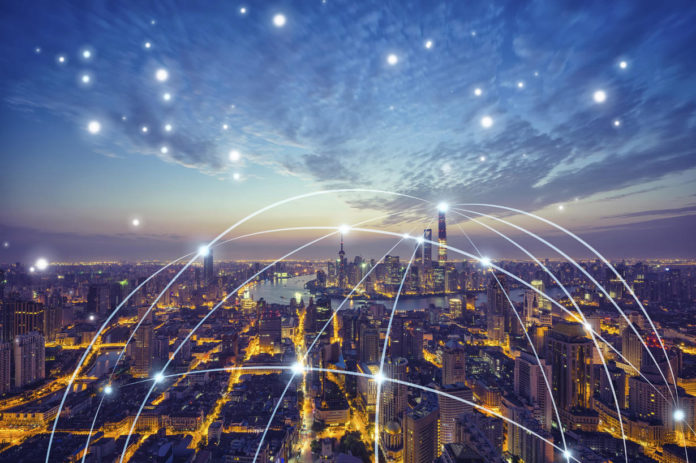How India is Building the Cities of the Future
There is no ‘one size fits all’ model for the creation and development of smart cities which can be replicated for India. This understanding was adopted and applied by the government while envisioning the future cities of India. This led to the conception of some national initiatives by the government to transform cities of the future. Let us look at some initiatives that India has launched for developing these the city infrastructure for all:
Smart Cities Mission
Firstly, it is important to identify the core ideas and drivers of the mission. Earlier, the orientation of the mission was to create ‘100 new smart cities’ across India, which was later changed to ‘making existing cities smart’. This orientation, in real-estate terms, is called moving from Greenfield Projects (projects on undeveloped lands) to Brownfield Projects (projects to redevelop a previously used land). The key aspects of this mission were:
- Attract investors and residents for a competitive standing
- Create socially, economically and environmentally sustainable cities
- Ensure the cities are capital rich (human and social)
With a starting budget of approximately 7000 crores, the government expressed the intention to create wealthier and healthier cities, driven by the power of technology. Over the next 10 years, 100 cities across India were to be identified (under a ‘city challenge’ program) based on their smart city proposals. The objective was to build the next generation of Indian cities where infrastructure was affordable and accessible to all inhabitants, and where the government and community integration is effective and efficient. Some examples of proposed technologies in these future cities of India include:
- Integrated traffic management systems
- RFID Tags for waste collection
- Smart water and electricity grids
- Efficient urban mobility and transportation solutions
- Robust IT infrastructure and digitization
- Affordable housing, healthcare, and education
Also Read: Why Parking is Important for Smart City Planning
Pradhan Mantri Awas Yojna Urban (PMAY-U)
This program was launched with the idea of providing a house to each of India. To meet this objective, housings units are being constructed across the country in urban spaces. As rudimentary as it may seem, but a constructed housing unit forms the basis of any city development plan. Without its inhabitants having a safe and secure dwelling to live in, no amount of technological advancements in terms of city planning can be carried forward.
An important aspect of the mission is its focus on ‘affordable housing’ for all; there are provisions for those looking for a home loan and assistance for those for already own land but lack the necessary resources to construct a house. Other salient features of this mission for urban development include:
- Beneficiary-led individual house construction (under the name of a female beneficiary for female empowerment)
- Affordable housing through a credit-linked subsidy scheme
- The public-private partnership model for project development
- In-situ slum redevelopment for holistic city growth
Atal Mission for Rejuvenation & Urban Transformation (AMRUT)
The efforts of AMRUT mission are to assist the efforts of PMAW and Smart Cities Mission. The mission incorporates three aspects of infrastructure development – designing development schemes, creating action plans for the schemes and monitoring the execution of schemes – all by state governments. The core areas of development laid down by the mission are:
- Water supply
- Sewage management
- Water drainage systems
- Urban transportation
- Green public spaces (like parks)
500 cities across different categories of demographics have been selected for this scheme. This scheme acts as the third and final leg of urban development in India where the focus is on providing basic amenities to households o improve their quality of life.
Major Challenges
- Given the diverse social-cultural background of India, it is not easy to identify the right model to follow for these projects. There are reservations whether these developments will be inclusive or not, or whether they would only serve the rich/middle-class.
- Social acceptability, liveability, and sustainability of these projects are still not clearly defined. These projects are resource-heavy, and a lot resides on the subjective evaluations of expert teams. If the funds and resources are not utilized properly to create an output that meets the needs of the inhabitants, the negative environmental and social impact of these initiatives would be vast.
- As much as these initiatives are progressive and transformative in their scope individually, they would only be effective if they can merge with one another and with other urban sector development programs (Swatch Bharat Abhiyan, for example).
Conclusion
These three projects together form the basis of planned urbanization in India. They bring together both public and private stakeholders for contributing to the process of building the future cities of India. The focus of these missions is providing basic amenities to people with stress on robust infrastructure, affordability, technology, and availability.

